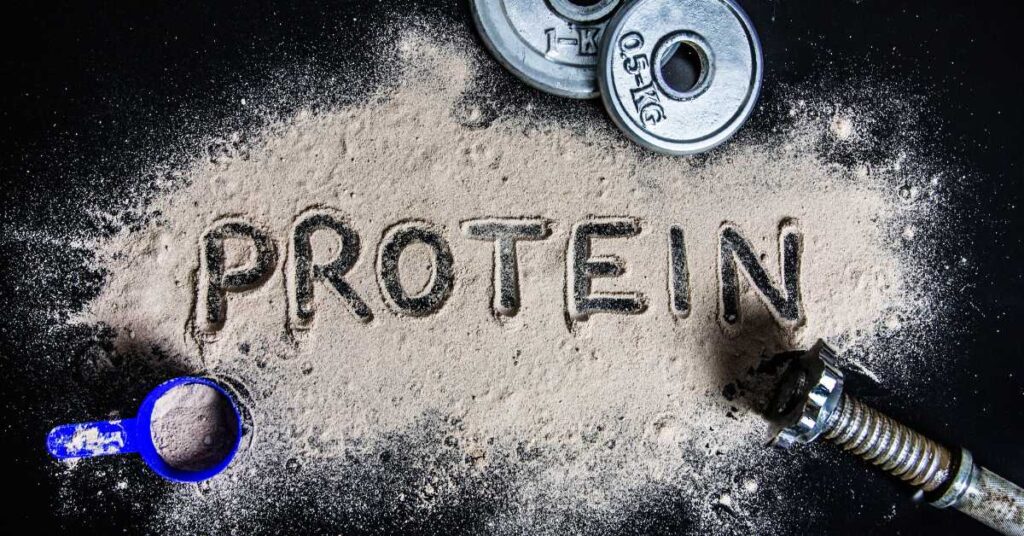Athletic performance is a complex interplay of various physiological factors that contribute to an athlete’s ability to excel in their chosen sport or activity. Understanding these physiological aspects and their role in performance can help athletes and coaches develop effective training strategies, optimize performance, and prevent injuries. In this article, we will explore the key physiological factors that influence athletic performance and discuss how athletes can leverage this knowledge to enhance their abilities.
Introduction
Athletes constantly push their bodies to the limit, demanding exceptional performance in their chosen discipline. Achieving peak performance requires a deep understanding of the physiological processes that occur within the body during exercise. By comprehending how these processes work, athletes can make informed decisions about training methods, recovery strategies, and nutrition to optimize their performance.
Understanding the Human Body’s Response to Exercise
To comprehend the physiological aspects of athletic performance, it is crucial to explore the body’s response to exercise. Let’s take a closer look at the major physiological systems involved:
Metabolism and Energy Systems
During exercise, the body’s metabolism adjusts to meet the increased energy demands. The energy for muscular activity is primarily derived from three energy systems: the phosphagen system, the glycolytic system, and the aerobic system. Each system plays a distinct role in supplying energy for different types of activities, ranging from explosive bursts to sustained endurance efforts.
Cardiovascular System
The cardiovascular system, which includes the heart, blood vessels, and blood, plays a central role in supplying oxygen and nutrients to working muscles. It also helps remove waste products, such as carbon dioxide. Regular exercise improves cardiovascular fitness, enhancing the heart’s ability to pump blood efficiently and increasing the oxygen-carrying capacity of the blood.
Respiratory System
The respiratory system facilitates the exchange of oxygen and carbon dioxide between the body and the environment. During exercise, the respiratory rate increases to meet the heightened oxygen demand of working muscles. The lungs deliver oxygen to the bloodstream, while carbon dioxide is eliminated through exhalation.
Musculoskeletal System
The musculoskeletal system comprises muscles, bones, tendons, and ligaments, all of which play critical roles in athletic performance. Muscles generate force and allow movement, while bones provide structural support and act as levers for efficient movement. Tendons connect muscles to bones, and ligaments stabilize joints. Strength, power, flexibility, and endurance are all influenced by the health and function of the musculoskeletal system.
Key Factors Affecting Athletic Performance
Several key physiological factors directly impact an athlete’s performance capabilities. Understanding these factors and their influence can guide training programs and help athletes focus on areas that require improvement. Let’s explore these factors in more detail:
Aerobic and Anaerobic Capacity
Aerobic capacity refers to the body’s ability to utilize oxygen for energy production over extended periods. It plays a crucial role in endurance-based activities. Anaerobic capacity, on the other hand, refers to the body’s ability to generate energy in the absence of oxygen. It is critical for short bursts of intense activity, such as sprinting or weightlifting. Training methods can target and improve both aerobic and anaerobic capacities.
Strength and Power
Strength is the ability of muscles to exert force against resistance, while power combines strength with speed of movement. Both attributes are essential for various sports and can be developed through specific training regimens. Strength training focuses on increasing muscle mass and enhancing the recruitment of muscle fibers, while power training emphasizes explosive movements and speed.
Flexibility and Range of Motion
Flexibility and range of motion are crucial for optimal movement patterns and injury prevention. Flexibility refers to the ability of muscles and connective tissues to stretch, while range of motion pertains to the degree of movement around a joint. Stretching exercises and mobility drills can improve flexibility and range of motion, facilitating better performance and reducing the risk of injuries.
Reaction Time and Coordination
Reaction time and coordination are fundamental for quick and accurate responses to stimuli during sports activities. These skills involve the integration of sensory information, motor planning, and neuromuscular coordination. Training techniques that focus on agility, balance, and reaction drills can enhance these abilities.
Body Composition and Weight Management
Body composition, particularly the ratio of muscle to fat, can significantly impact an athlete’s performance. Maintaining a healthy body weight and optimizing body composition through proper nutrition and training can enhance performance by improving power-to-weight ratio, endurance, and overall physical capacity.
Training Strategies to Optimize Physiological Performance
To optimize physiological performance, athletes should adopt training strategies that target specific physiological factors. Here are some effective approaches:
Periodization
Periodization is a training method that involves dividing the training cycle into distinct phases, each with specific objectives and intensities. It allows athletes to progressively increase the training load, peak at the right time, and prevent overtraining. Periodization ensures a balanced approach that targets different physiological aspects throughout the training program.
Specificity and Variation
Training should be specific to the demands of the sport or activity. Athletes should focus on exercises and drills that closely mimic the movements and energy systems utilized during competition. However, incorporating variation is also important to prevent monotony, optimize adaptations, and reduce the risk of overuse injuries.
Recovery and Regeneration
Proper recovery and regeneration are crucial for allowing the body to adapt and improve. Adequate rest, quality sleep, nutrition, hydration, and active recovery techniques, such as foam rolling and massage, can aid in reducing muscle soreness, preventing injuries, and optimizing performance.
Nutrition and Hydration
Optimal nutrition and hydration support the body’s physiological processes and fuel performance. Athletes should consume a well-balanced diet, paying attention to macronutrient distribution, timing of meals, and adequate hydration before, during, and after exercise.
Conclusion
Understanding the physiological aspects of athletic performance is essential for athletes and coaches aiming to enhance performance, prevent injuries, and optimize training strategies. By recognizing the body’s response to exercise, the key factors influencing performance, and the appropriate training techniques, athletes can maximize their potential and achieve their goals. It is crucial to prioritize proper training, recovery, nutrition, and a holistic approach to overall well-being for optimal physiological performance.
Frequently Asked Questions (FAQs)
1. How does aerobic capacity affect athletic performance? Aerobic capacity determines an athlete’s ability to sustain prolonged activity. Higher aerobic capacity allows for increased endurance and better recovery during aerobic exercises.
2. Can flexibility training improve performance in all sports? Flexibility training is beneficial for athletes in most sports as it improves range of motion, reduces the risk of injuries, and allows for better movement efficiency.
3. What role does hydration play in athletic performance? Proper hydration is crucial for maintaining optimal body function and performance. Dehydration can lead to decreased energy levels, impaired cognitive function, and reduced physical performance.
4. How does strength training contribute to athletic performance? Strength training enhances muscular strength and power, leading to improved performance in sports that require explosive movements, acceleration, and force production.
5. What is the importance of periodization in training? Periodization allows athletes to structure their training over specific phases to optimize performance, prevent overtraining, and achieve peak performance during competitions.







